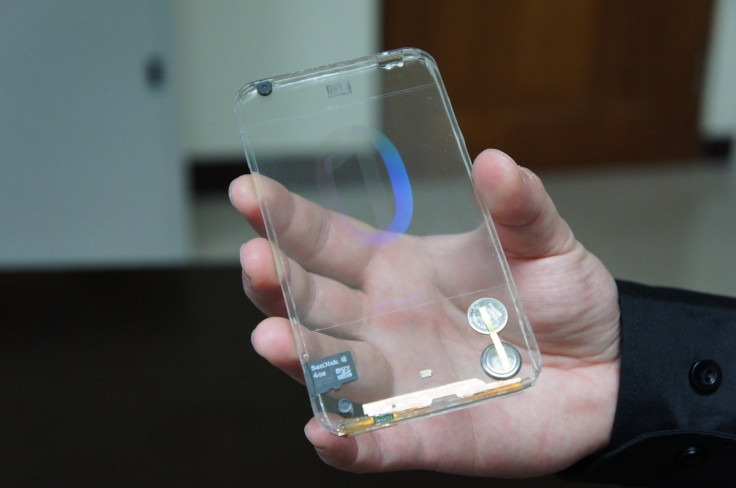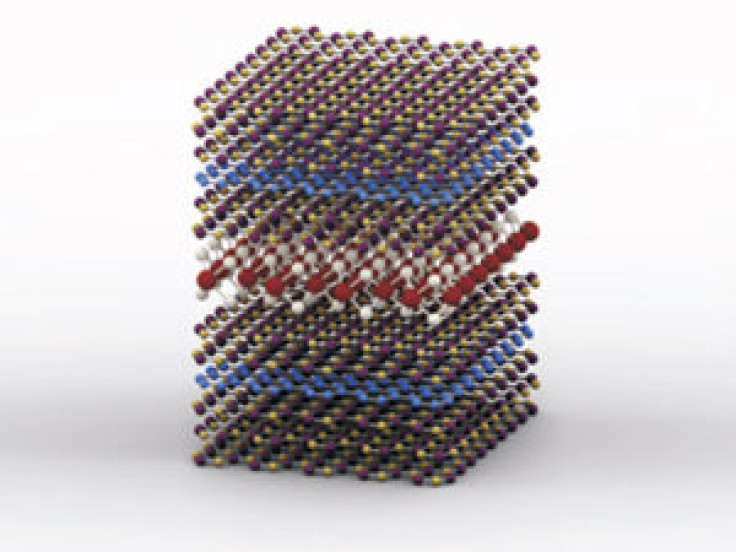Graphene breakthrough heralds 'incredibly thin', flexible and transparent smartphones

Kostya Novoselov, one of two scientists instrumental in discovering graphene, has made a breakthrough with the so-called revolutionary material that could herald the arrival of flexible, transparent and more efficient electronic devices.
The Nobel laureate led a team from the University of Manchester in developing LEDs engineered at an atomic level that could be used in the next generation of smartphones, tablets and televisions.
"As our new type of LEDs only consist of a few atomic layers of 2D materials they are flexible and transparent," said Freddie Withers, Royal Academy of Engineering Research Fellow at the University of Manchester.
"We envisage a new generation of optoelectronic devices to stem from this work, from simple transparent lighting and lasers to more complex applications."
What is graphene?
Graphene is a one-atom-thick material made of carbon atoms arranged in a honeycomb lattice that is 200-times stronger than steel, more conductive than copper and as flexible as rubber.
It has been touted as a "wonder material" by scientists for its remarkable properties and vast range of uses, which include everything from flexible smartphone screens to artificial retinas.
Graphene was first isolated by Novoselov and his colleague Andre Geim in 2003 but attempts to find commercial applications for the one-atom-thick material have proved notoriously difficult.

The material's unique properties hold huge potential and the latest discovery could help it fulfil its promise of revolutionising the electronics industry.
Novoselov's team built heterostructures - layers of 2D materials stacked on top of each other - to enable functionality of the material and explore new possibilities for graphene-based optoelectronics.
"By preparing the heterostructures on elastic and transparent substrates, we show that they can provide the basis for flexible and semi-transparent electronics," Novoselov said.
"The range of functionalities for the demonstrated heterostructures is expected to grow further on increasing the number of available 2D crystals and improving their electronic quality."
Novoselov's research is published in the journal Nature Materials.
© Copyright IBTimes 2024. All rights reserved.






